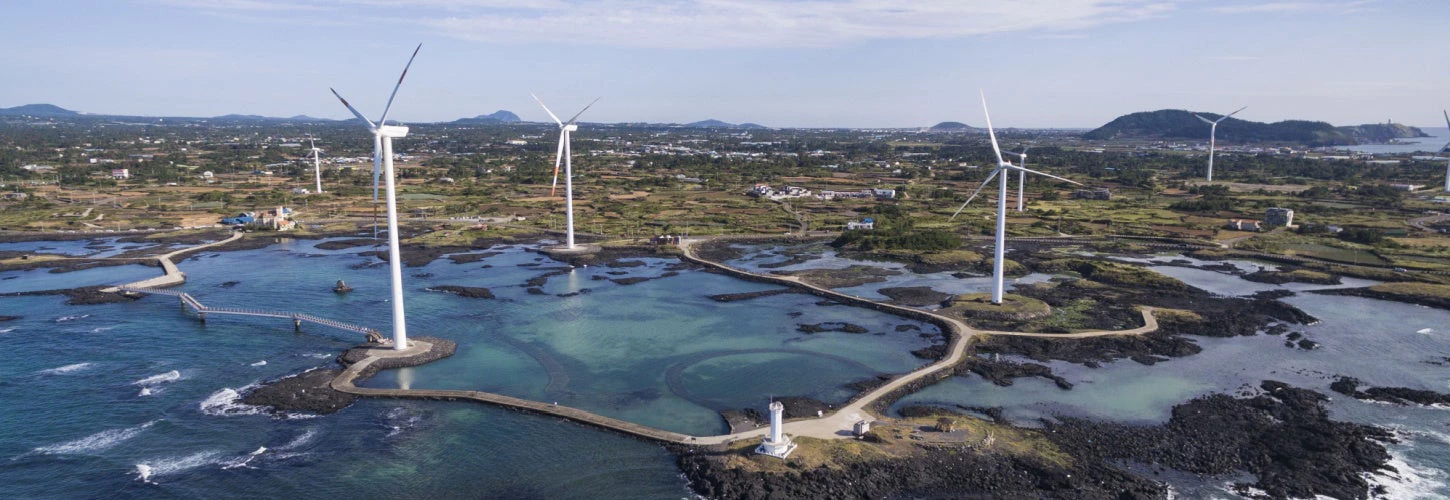 © syeols/ Shutterstock
© syeols/ Shutterstock
A growing number of middle-income countries are committing to net zero emissions and pledging to decouple their emissions from growth. But energy consumption, especially in emerging economies, is increasing, and the industrial sector is a leading consumer, accounting for roughly 24 percent of global greenhouse gas emissions. The share of industrial emissions is especially large in many large emerging economies—including China, Viet Nam, Türkiye, Thailand, Malaysia, and Bangladesh —where the manufacturing sector accounts for more than 20 percent of GDP. Given this high level of industrial emissions, how realistic are these pledges? How can emerging economies with large manufacturing sectors achieve their net zero objectives?
Energy efficiency is the most cost-effective way to meet energy and climate goals. Nevertheless, the ability to improve energy efficiency varies widely across sectors, with the energy intensity of some sectors four times that of others (figure 1). Sectors with very high energy intensity (such as cement, steel and iron, chemicals, food processing, and paper and pulp) are labeled as hard-to-abate sectors. Given these constraints, what can policy makers do?
Figure 1. Korea Manufacturing Energy intensity varies widely across sectors
Source: Anwar Aridi, Kim Kibum, Joo Sueb Lee, Nah Yoon Shin, and Daein Kang. Lessons from Korea’s Energy Efficiency Policies in the Industrial Sector. Finance, Competitiveness and Innovation Global Practice. Washington, DC: World Bank Group.
A new World Bank report—Lessons from Korea’s Energy Efficiency Policies in the Industry Sector—holds lessons for other economies. The Republic of Korea gradually started decoupling GDP growth from carbon emissions in 2009 (figure 2). The energy intensity of the manufacturing sector decreased by 44% between 2000 and 2020, but the pace of improvement has decelerated since the 2010s. Despite these improvements, emissions from hard-to-abate sectors remained high, accounting for 75 percent of Korea’s total carbon emissions and 60 percent of national energy consumption. These structural characteristics of Korea’s economy and the limitations they impose make the country a relevant case for industrializing economies of today.
Figure 2. GDP growth in the Republic of Korea has far outpaced greenhouse gas emissions
Source: Hoon Sahib Soh, Koh, Youngsun, and Anwar Aridi, eds. 2023. Innovative Korea: Leveraging Innovation and Technology for Development. Washington, DC: World Bank.
Korea has over 40 years of experience in developing energy efficiency policies, which it began adopting after the oil shock of the 1970s. In 1979, it enacted the Energy Rationalization Use Act. Over the next 30 years, it adopted six five-year Basic Plans for the Rationalization of Energy Use. It gradually developed its energy efficiency policy mix targeting two main objectives: improving the flow of data and inducing firms to adopt energy-efficient solutions. Today, its policy mix includes a combination of mandatory approaches, such as energy efficiency standards and labeling programs and energy audit requirements for energy-intensive firms, and market-based approaches, such as emission trading schemes (ETS).
The new report reviewed 17 energy efficiency policy instruments, drawing lessons from Korea's policy experience that could inform the design and implementation of energy efficiency policy in emerging economies. Three main lessons emerge:
- Incorporate energy intensity implications into industrial policy and economic plans, in order to avoid developing captive economic structures that constrain energy efficiency gains in the long run. Korea’s experience shows that without changing the industrial structure, the characteristics of hard-to-abate sectors make it difficult to achieve additional efficiency gains. Industrial policies and economic plans could take into consideration the energy-intensity implications of targeted industries and steer firms away from hard-to-abate toward greener sectors.
- Establish effective monitoring, reporting, and verification (MRV) systems, and leverage digital technologies to collect, analyze, and monitor energy data. Information asymmetry is one of the key challenges facing the adoption of energy efficiency solutions. Korea was an early promoter and adopter of smart metering, advanced sensors, and energy management systems, through which it collects data on consumption and emission and shares them two main public databases, the Korea Energy Statistical Information System (KESIS) and the National Greenhouse Gas Emission Total Information System (NETIS).
- Develop implementing agencies with the capabilities to design and implement a comprehensive energy efficiency policy mix. The Korea Energy Agency (KEA), the de facto implementer of energy efficiency policy in Korea, was given a clear mandate to communicate realistic targets; issue technical guidelines, methodologies, and metrics; and regularly consult with industries to reduce the uncertainties associated with sudden policy changes.
If emerging economies are to achieve their net zero objectives, they need to integrate industrial energy efficiency into their policy objectives. They can learn from and avoid the mistakes of yesterday’s emerging economies by choosing green pathways rather than falling into traps encountered by the forerunners.

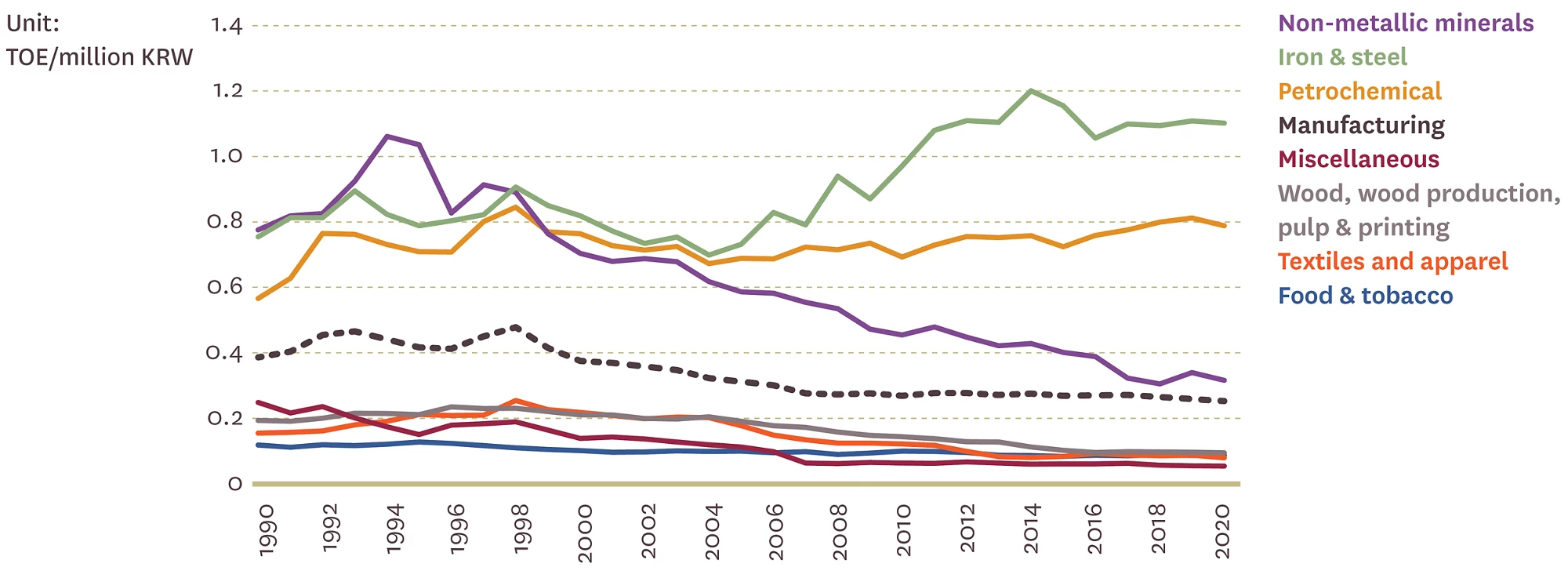
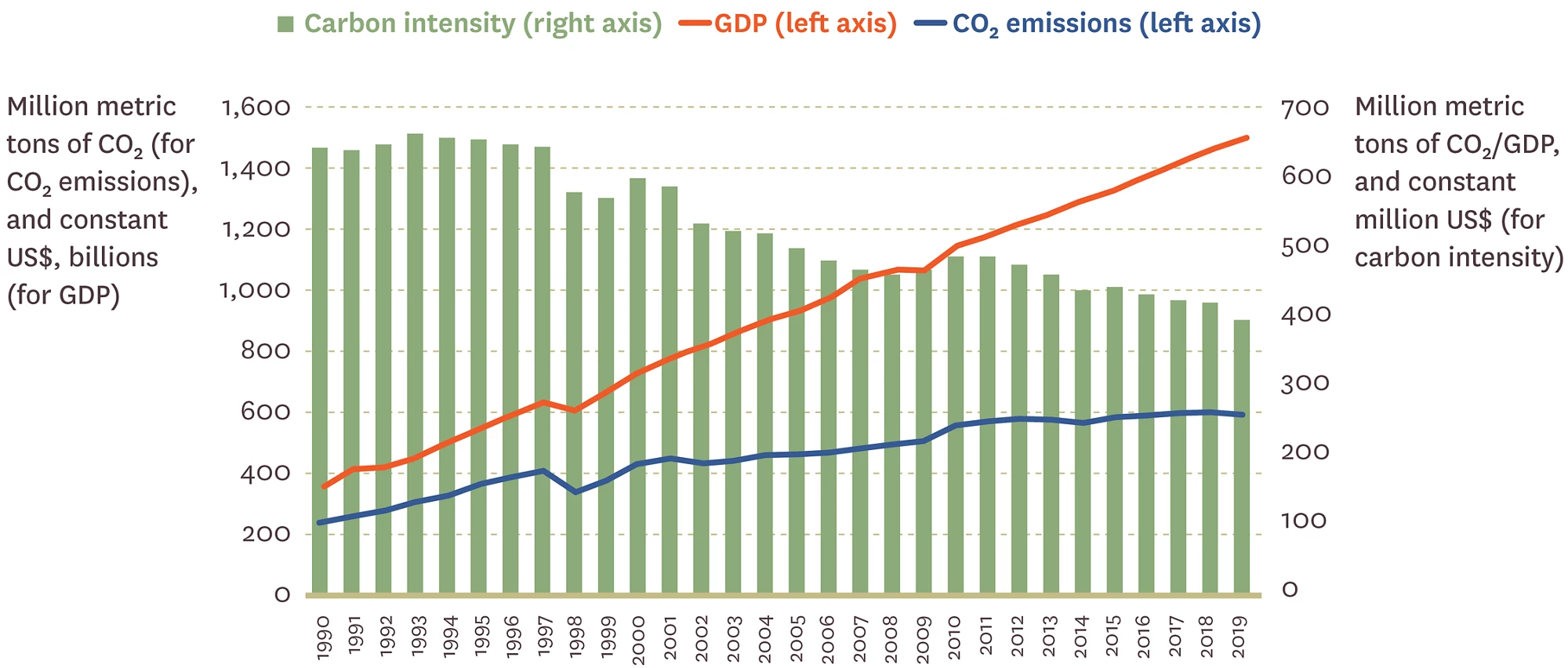

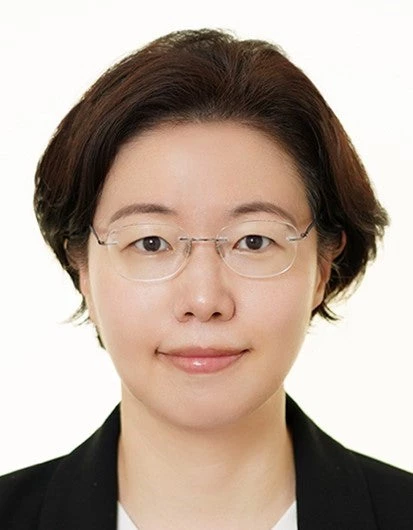
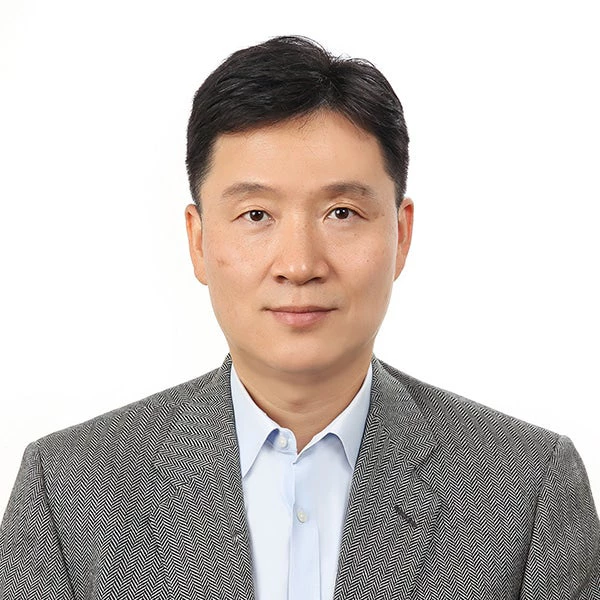
Join the Conversation